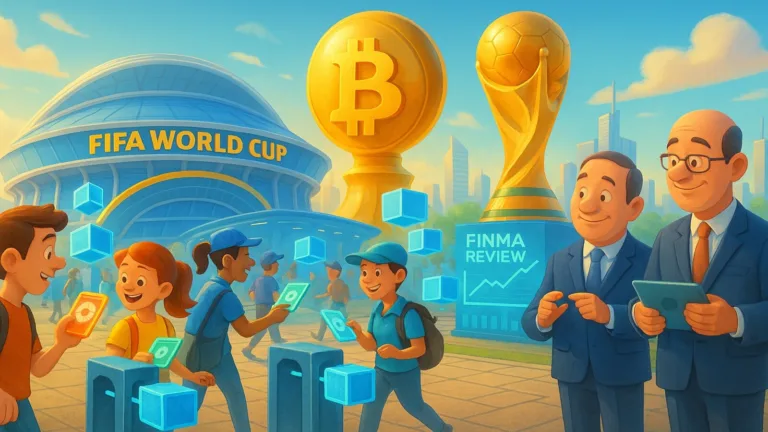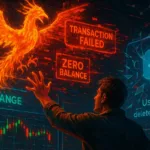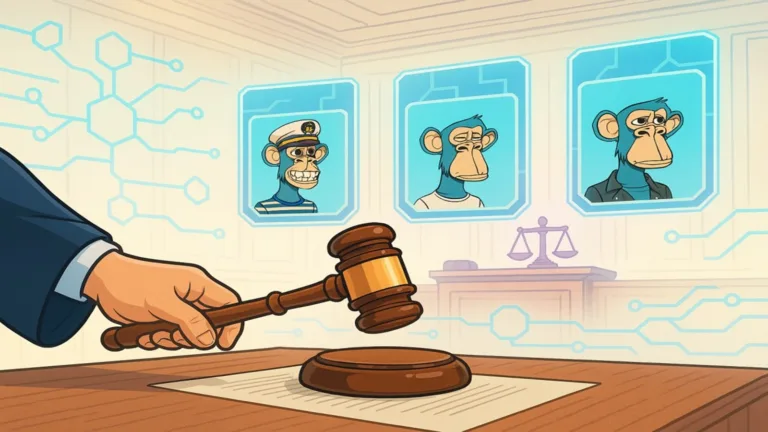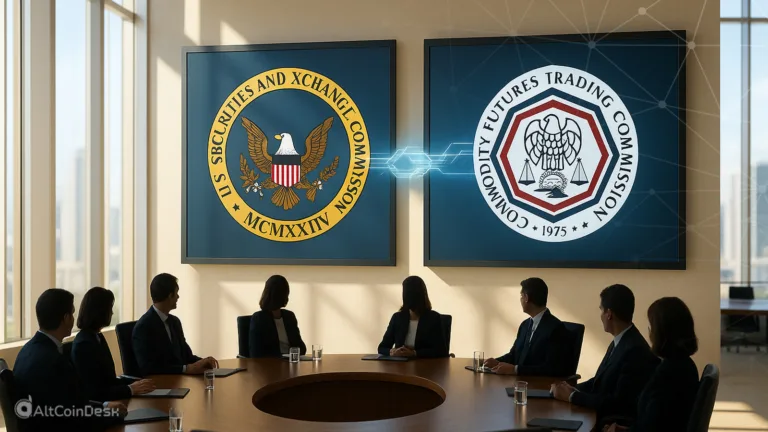When innovation meets inspection, even the biggest stage in sports isn’t exempt, and the FIFA World Cup may have just set the tone for Web3’s next chapter.
The FIFA World Cup has always been about drama: last-minute goals, roaring crowds, and nations united in color and chaos. But behind the cheering, another story quietly unfolded, one involving blockchain, regulators, and the uncomfortable marriage of innovation and oversight.
Originally reported during the 2022 FIFA World Cup, a blockchain-based ticketing platform that powered digital ticket distribution and verification came under review by Swiss regulators (FINMA). While the scrutiny began then, the conversation it started has only grown louder in 2025, as tokenized assets and Web3 utilities continue to blur the lines between innovation and regulation.
It wasn’t a scandal, but it did spark an important global discussion about what happens when blockchain technology steps onto the biggest real-world stage
When blockchain met bureaucracy
Let’s set the scene. The ticketing platform used blockchain to create digital passes, each one tokenized and traceable, essentially NFT-style tickets that fans could buy, sell, or transfer securely. It sounded perfect: no counterfeits, no chaos, no lost paper stubs.
But then regulators noticed something. Some tokens could be resold for profit. Some appeared to carry value beyond their intended use. That’s when Switzerland’s financial watchdog, FINMA, stepped in, not to shut it down, but to ask the questions that define every young industry: What exactly are these tokens? Are they tickets, assets, or something else entirely?
It’s the kind of scrutiny every Web3 project faces once it starts brushing up against traditional systems. And when that happens under the global spotlight of the FIFA World Cup, you can bet the world takes notes.
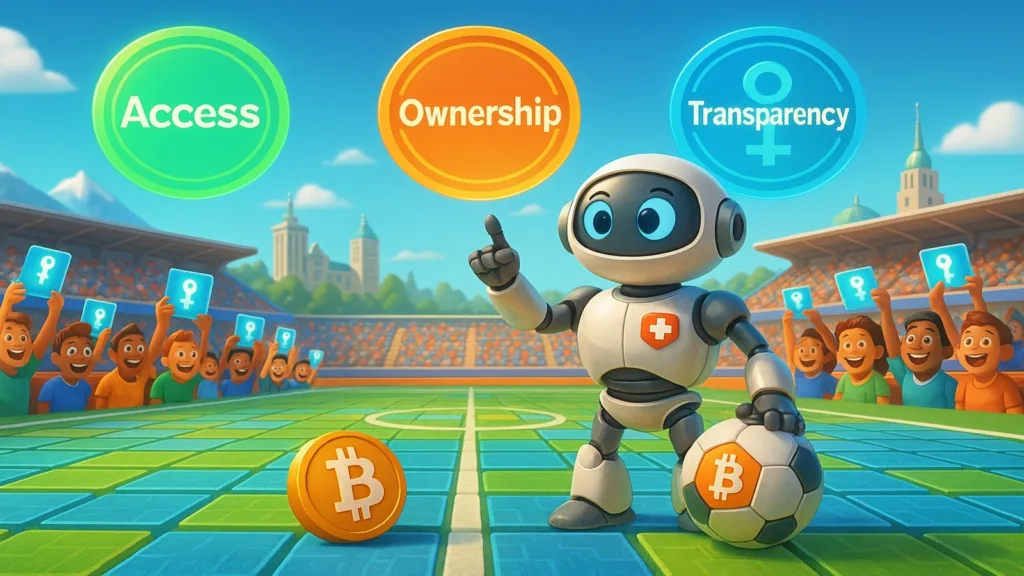
Is there more to this?
At first glance, this might sound like another regulatory hiccup. But in truth, this is a watershed moment for tokenized events everywhere.
Think about it: a FIFA World Cup ticket isn’t just a stub, it’s a memory, a collectible, and a digital access key all in one. The technology made sense. The problem wasn’t what blockchain did; it was what it became capable of doing.
Once fans started reselling these digital tickets, they began acting more like tradable assets than access passes. That’s where the regulatory wires crossed. If you can profit from a tokenized ticket, does it still count as a ticket, or does it become an investment instrument?
This gray zone isn’t just a Swiss problem; it’s a global one. Every event organizer experimenting with Web3 now has to ask the same thing: When does innovation stop being a tool and start being a financial product?
Web3’s coming-of-age moment
The FIFA World Cup ticket case marks a turning point for blockchain adoption. It’s proof that the world’s most respected institutions are finally taking Web3 seriously, not just as a marketing gimmick, but as an infrastructure layer that needs regulation, accountability, and trust.
And that’s a good thing. For too long, Web3 lived in a bubble of hype, detached from real-world rules. The Swiss investigation isn’t an attack; it’s validation that the technology has grown big enough to demand adult supervision.
By examining how digital tickets are issued, traded, and taxed, regulators are helping define the blueprint for tokenized ownership across industries, from concerts and conferences to property deeds and airline passes.
In other words, what happened at the FIFA World Cup could shape how blockchain integrates with everyday life.
What happens next?
The most likely outcome is balance. Platforms will still innovate, but with clearer rules. Fans will still collect digital tickets, but under better consumer protections. And governments will learn that regulating technology doesn’t mean stifling it; it means preparing for its future.
If this case sets a precedent, we could see a wave of new frameworks emerge for tokenized assets that fall between collectibles and financial instruments. The FIFA World Cup might not have meant to start that conversation, but it did, and it’s one the entire Web3 community needs.
Final thought
The world watched the FIFA World Cup for its goals, but the most significant play might have happened off the pitch. A blockchain ticket platform got people talking about regulation, trust, and the fine line between creativity and compliance.
This isn’t a story about restriction; it’s a story about evolution. Because if blockchain truly wants to power the future of sports, art, and finance, it needs to thrive not outside the rules, but alongside them.
And perhaps fittingly, it was the FIFA World Cup, the global symbol of fair play, that reminded Web3 what it takes to play by the rules and still win.





